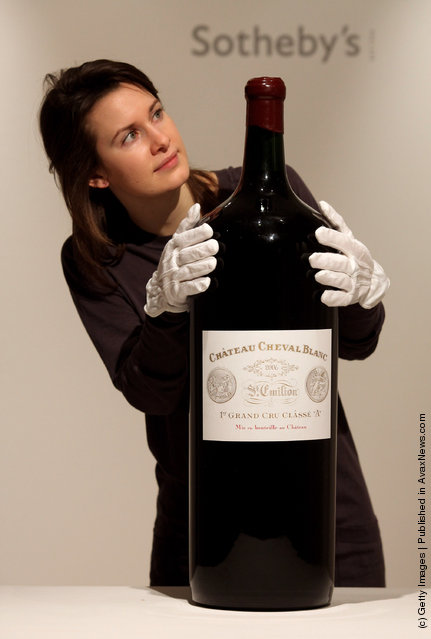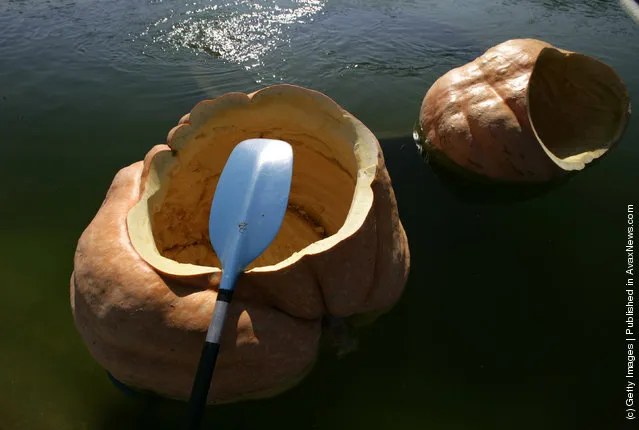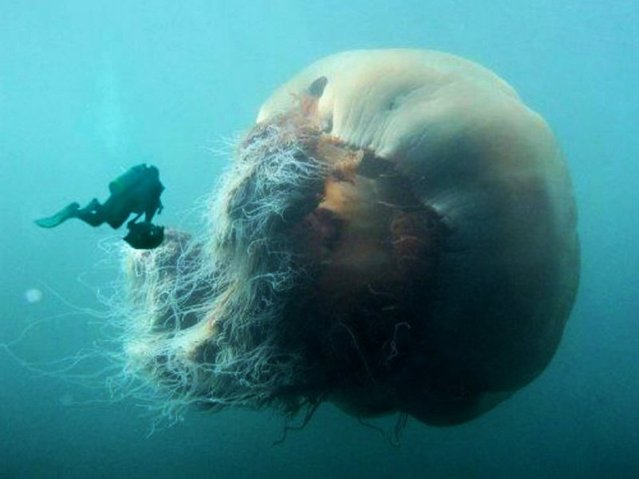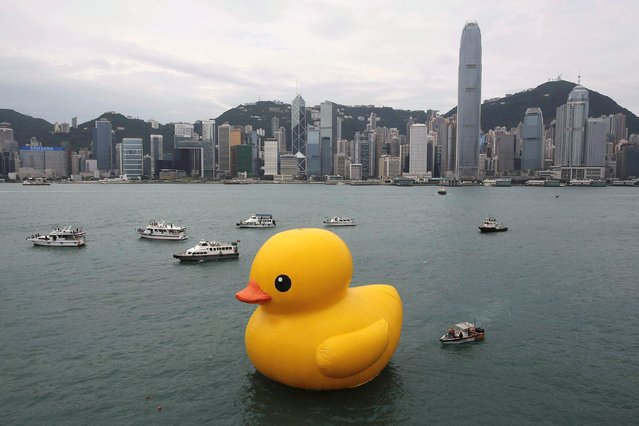
A gallery assistant for Sotheby's auction house admires a melchior of Chateau Cheval Blanc 2006 on February 12, 2010 in London, England. The melchior sized bottle, which is 18 litres in volume, is to be sold in Sotheby's sale of “Finest and Rarest Wines & Vintage Port” on February 17, 2010 in London and is expected to fetch up to 4,800 GBP. (Photo by Oli Scarff/Getty Images)
28 Mar 2011 10:48:00,post received
0 comments







